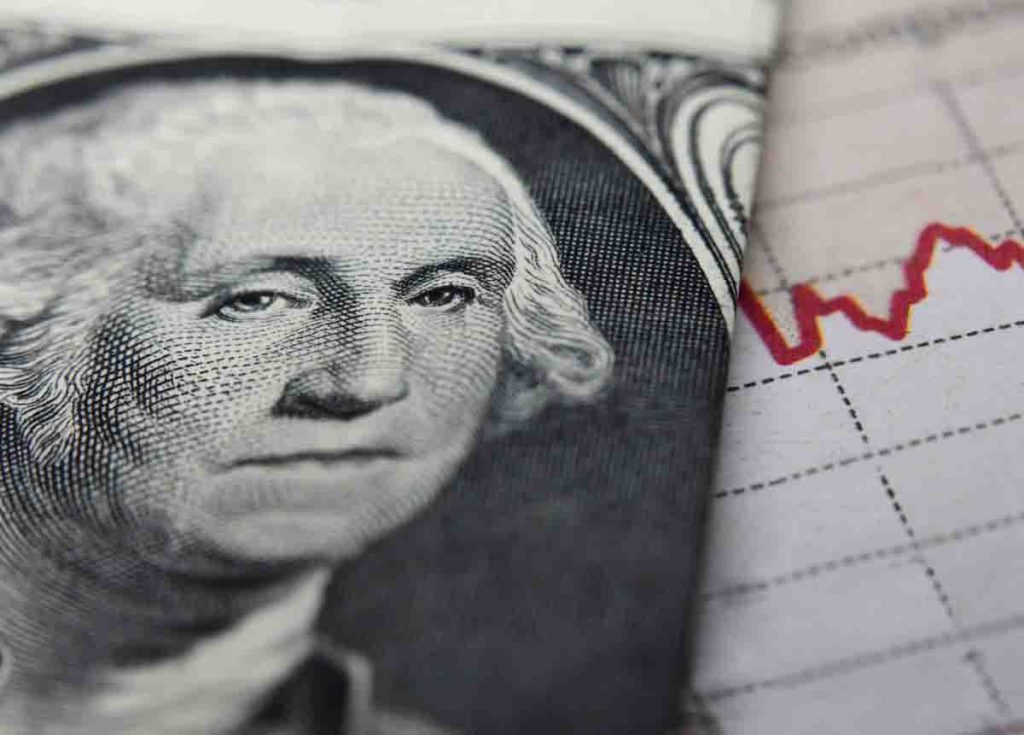The banking sector was among the worst-hit sectors from the coronavirus health crisis, but the industry has made tremendous strides to regain pre-pandemic status as the reopening of the global economy continues.
Data acquired by Finbold indicates that the market capitalization of all global banks has increased 47.9% between Q1 2020 to Q1 2021 from €4.9 trillion to €7.3 trillion. Between the last quarter of 2020 and Q1 2021, the market cap surged 18.5%, signifying the impact of post-pandemic recovery measures on the banking sector. Elsewhere, the top 100 banks worldwide have recorded a 43.5% increase in capitalization between Q1 2020 to Q1 2021.
Furthermore, the total shareholder return for Western European banks between January 2021 and March 2021 shows that ING Group from the Netherlands is the biggest gainer at 38.4%, followed by France’s Société Générale at 31.1%. Among the selected banks, Switzerland’s Credit Suisse recorded the worst returns at -13.1%.
How banks have managed to post impressive recovery
The continued recovery of the banking sector reflects some of the measures put in place to contain the coronavirus pandemic and its economic effects. The recovery is in line with the resumption of economic activities in most jurisdictions, especially with the rollout of the vaccine.
The recovery has been aided by policy changes that offered a base for ressurgence to pre-pandemic levels. Amid the crisis, governments stepped in with massive stimulus packages that cushioned banks from further decline in market capitalization. Notably, the losses could have been much higher were it not for central banks’ initiatives to ease restrictions on liquidity and capital.
With banks playing a key role in the global financial ecosystem, there has been coordination between national, international regulators and supervisors. The main goal has been to promote financial stability.
The recovery has also been inspired by the bank’s ability to adapt to the crisis that confined most people in their homes. Lending institutions leveraged digital tools to continue running normal operations. The digital shift has further strengthened the banks as more consumers were willing to utilize the online forms of banking. However, the shift has elevated competition between banks and already established fintech firms.
How the pandemic impacted the banking sector
The banking sector went into the pandemic stronger with a significant valuation that was wiped out by the crisis. The period characterized by shutdowns and consequently an economic meltdown brought a lot of strain to the banking and entire financial market sector leading to unprecedented loss. The pandemic triggered massive instability and high volatility in global capital markets, with banking a major casualty.
During the crisis, banks were also negatively affected as bonds, and other financial traded instruments plunged in value after the stock market crashed during Q1 2020. However, the stock market recovery to a record level in the fourth quarter is highlighted by the bank’s valuations. Furthermore, banks also recorded low non-interest revenues due to the lower demand for their other products. For instance, with reduced economic activity, banks registered fewer payments and transactions.
Furthermore, banks’ revenues also faltered as the sector also played a role in combating the pandemic, like offering relief measures for debtors. Banks granted pre-approved loans and advanced the payment of pensions and unemployment benefits. Such measures preserved confidence while also extending credit and liquidity to the economy amid the crisis.
It can be assumed that the banking sector has responded well to the pandemic. However, the long-term impact of the health crisis cannot be determined, but banks seem to be on the right track. To sustain the recovery gains, banks need to operate in line with lessons from the pandemic, like adapting to changing consumer behavior.









